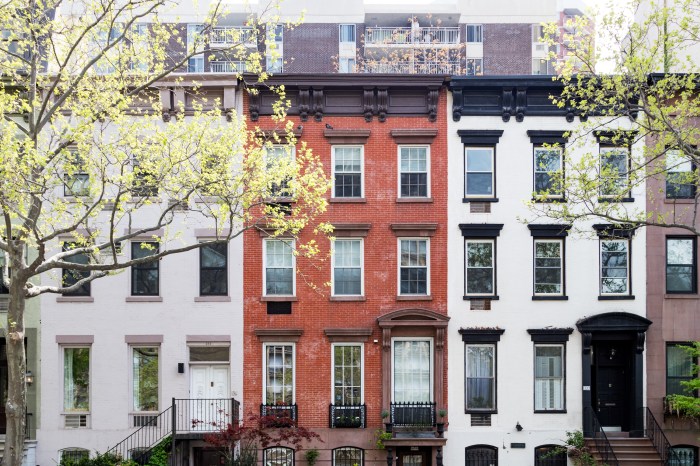BY MANHATTAN BOROUGH PRESIDENT SCOTT M. STRINGER | The future looked rosy 100 years ago, when New York undertook a revolutionary plan to build a vast network of subways and elevated trains. But it looks considerably different today as we struggle to meet urgent transit needs.
Anyone who’s crammed their way onto a crowded A or 6 train at Chambers Street, trudged from Alphabet City to a packed L train at 1st Avenue or watched walkers speed past them as they sit amid traffic on a crosstown bus understands that, while Lower Manhattan is blessed with tremendous public transit, there is still ample room for improvement and expansion.
One million more people will be living in our city by 2025 and, to put it bluntly, we are not ready for them. The Metropolitan Transportation Authority (M.T.A.) — the central nervous system of our regional transportation network — is a fiscal house of cards.
This crucially important agency is being held together by unprecedented borrowing and fare hikes as far as the eye can see. That’s no way to run a railroad, much less the nation’s largest transit system.
What’s needed is a new, more stable stream of revenue for the M.T.A. — one that stabilizes its operating budget but also allows us to expand the system to reflect where people live and work today, not 100 years ago.
My plan is to devise an infrastructure bank for mass transit that I’d like to call the “New York City Transit Trust,” which could provide capital for a range of projects that could improve the lives of thousands of Manhattan residents.
The New York City Transit Trust would leverage private dollars by tying New York City’s infrastructure bank to a dedicated revenue stream — our existing Mortgage Recording Tax — which now helps fund the M.T.A.’s operating costs. Of course, if we are going to redirect the Mortgage Recording Tax to the M.T.A.’s capital needs, we have to replace it on the operations side with a new, reliable funding stream.
Today, the Lexington Avenue line on the East Side of Manhattan alone carries more passengers per day than any other subway system in the U.S. The Second Avenue Subway (S.A.S.) will help to alleviate this overcrowding when it opens in 2016.
However, as it stands now, we’ve funded only one of four phases of the S.A.S. train. A fully-funded S.A.S. would see the line built into the Financial District to Hanover Square, which would reduce pressure on the Lexington Avenue line and provide even more benefits to commuters in the Midtown and Downtown Central Business District.
Bus Rapid Transit could also be expanded. The M15 Select Bus Service has already improved transit for thousands of residents and workers in Chinatown, the Financial District and the Lower East Side. A similar line on the West Side of Manhattan could do the same for residents of Soho, Tribeca and Battery Park City. The Trust could also enable us to unlock the potential of the city’s sixth borough: the waterfront.
Many residents of Lower Manhattan live a short walk away from the water. Let’s recapture the spirit of engineer and inventor Robert Fulton, who created the city’s first commuter ferry nearly 200 years ago, and explore how ferries can help shorten commutes and improve the region’s economy.
The Trust would not only benefit Manhattan straphangers — it would benefit riders all over the city by financing new subway cars and buses and improving safety and reliability by replacing tracks and upgrading outdated signals.
I believe we should start by getting back what we lost when the city’s commuter tax was repealed in 1999. The commuter tax, which affects people who work in the city but live outside the five boroughs, produced billions of dollars in revenue for the Big Apple between 1966 and 1999.
If we reinstated it at the same rate as when it was killed 14 years ago, we would raise $725 million annually to support the region’s transportation network. It’s undoubtedly the right thing to do. Every day, close to a million commuters pour into New York City, using our roads, bridges and rails to get here and relying on our police, fire and sanitation services when they arrive.
Unlike the old commuter tax, under my plan, the tax will go to the M.T.A. rather than the New York City’s general fund, so that the entire region — city residents and suburban commuters alike — would reap its benefits. That’s $725 million a year to fund transportation projects that would support Lower Manhattan residents.
This is how to create a true, five-borough transportation network and prepare New York for another century of growth.

















